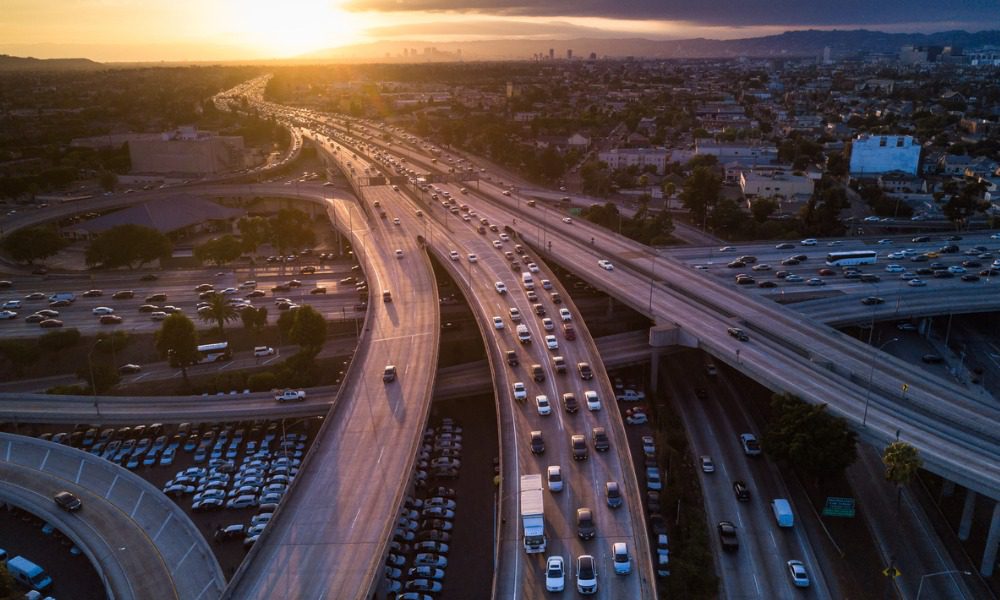RACQ and RAA highlight gaps in transport funding following budget release

RACQ and RAA highlight gaps in transport funding following budget release | Insurance Business Australia
Motor & Fleet
RACQ and RAA highlight gaps in transport funding following budget release
Industry delves into latest budget’s impact on key projects
Motor & Fleet
By
Roxanne Libatique
The 2024-25 Federal Budget has prompted mixed reactions from Queensland’s RACQ, which cautiously praised the government’s financial commitment to key transportation projects but expressed concerns over the sustainability of funding models.
“Just as we expected, an additional $467 million has been allocated for the Bruce Highway, mostly to cover cost overruns,” said RACQ general manager of advocacy Joshua Cooney. “This funding is a step in the right direction and will assist with upgrades to the Bruce.”
RACQ highlights funding split for new regional infrastructure projects
However, RACQ stressed the ongoing challenges posed by the government’s deviation from the customary 80:20 funding ratio with states for new regional infrastructure, which has now shifted to a 50:50 split.
“We remain concerned that the federal government hasn’t reversed its decision to walk away from the well-established 80:20 funding split with the state government for new regional infrastructure projects,” Cooney said. “In the future, beyond the forward estimates, we will see a drop-off in funding for road infrastructure if the federal government retains its current 50:50 funding model.”
Federal Budget 2024-25 for road improvements
The budget also earmarked $1.15 billion for the initial phase of the Direct Sunshine Coast Rail project, intended to reduce congestion on the Bruce Highway, and allocated an additional $431.7 million for the Coomera Connector’s first phase to manage overruns.
Furthermore, it introduced a $100 million Active Transport Fund for new and upgraded bike and pedestrian paths, although Cooney noted that this allocation might not significantly alleviate urban congestion.
“This is a missed opportunity. There is a significant need for targeted, increased, active transport infrastructure in our inner-city areas to ease congestion on busy routes, but $100 million is simply not going to cut it,” he said.
“We don’t want a future situation where the only motorists contributing to road funding are those least able to afford a cleaner car,” Cooney said. “It is important for equity and future infrastructure funding that the Federal Government create a sustainable long-term road taxation model to replace fuel excise.”
RAA slams Federal Budget 2024-25
Conversely, RAA said South Australia received less favourable treatment in the new budget, with significant road and infrastructure projects like the duplication of key national highways and the Truro Bypass lacking additional funding.
“While we welcome the ongoing commitment to the North-South Corridor completion – we have to be able to walk and chew gum at the same time,” he said. “Duplicating our national highways is imperative if we are to reach the targets set out in both the national and state road safety strategies. RAA has consistently called for duplication of these three SA highways.”
RAA senior manager of infrastructure and road safety Charles Mountain criticised the federal government’s silence on motor tax reform.
“With the rise of low-emission vehicles in our fleet, the amount of revenue generated by the fuel excise will soon start to decline, and the federal government needs to look at motoring tax reform to ensure all motorists are paying their fair share to maintain our roads,” he said. “The Federal Budget was silent on that front, and it’s something we’ll continue to pursue on behalf of our members and all road users.”
Related Stories
Keep up with the latest news and events
Join our mailing list, it’s free!





